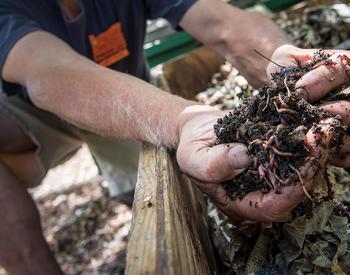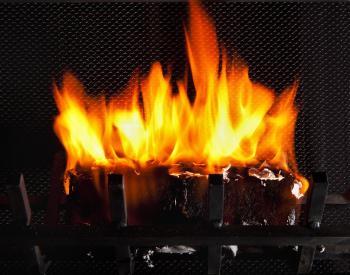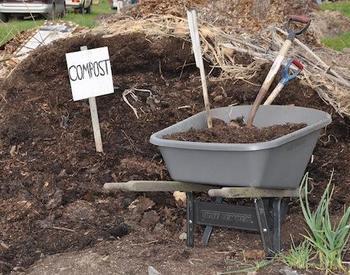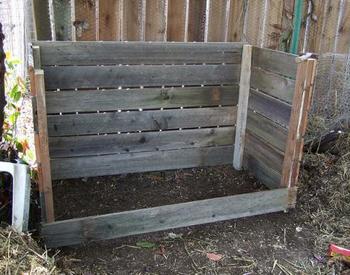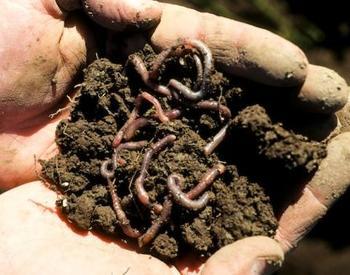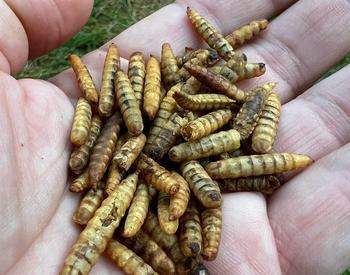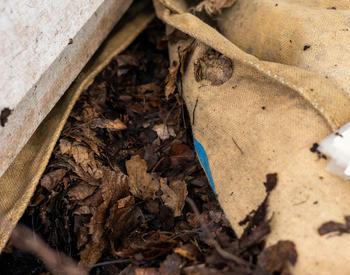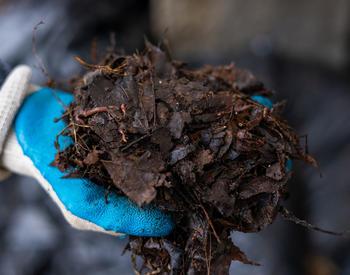Can fireplace ash be used in the garden successfully or is it harmful to the soil?
Wood ash is a fine source of soluble phosphorus and potassium, both of which are essential plant nutrients. As with all things, however, the dose makes the poison.
How to apply ash to soil
- Sift as to remove the big chunks before applying. A scrap of hardware cloth (say, 1/4" or 1/2 " would be fine — window screening is too fine.)
- Limit ash applications to 10 pounds per 100 square feet per year. NOT MORE.
- Apply about 2 weeks before you plant. Don't apply during the winter, as the phosphorus and potassium – highly soluble – may wash away before there are growing plants to take it up.
- If you are applying wood ash on an annual basis, be sure to check the pH of the soil. It may be that your local Master Gardener group offers this service at the county office or at a clinic.
- If wood is your only heat source, you can easily generate more ash in the heating season than a typical home garden can absorb.
Precautions
Too much ash can increase the soil pH to levels that interfere with plant growth. Repeated, heavy applications to the same spot (as if you used one corner of the yard as an ash dump) can effectively sterilize soil and threaten surface water quality.
Ash can be applied to lawns in much the same way that lime is used to maintain adequate pH. The larger area typical of lawns prevents most of the problems discussed here.
